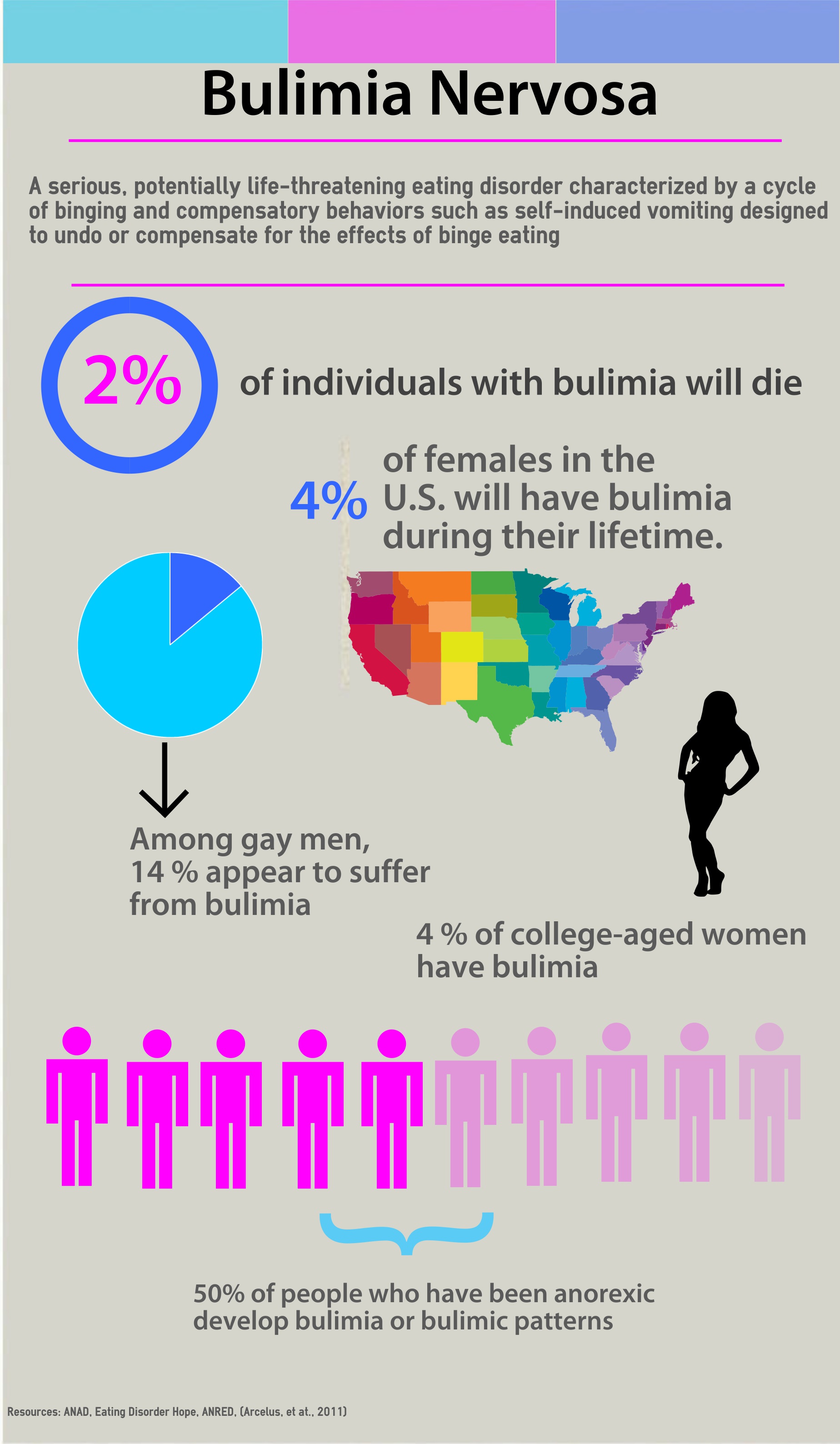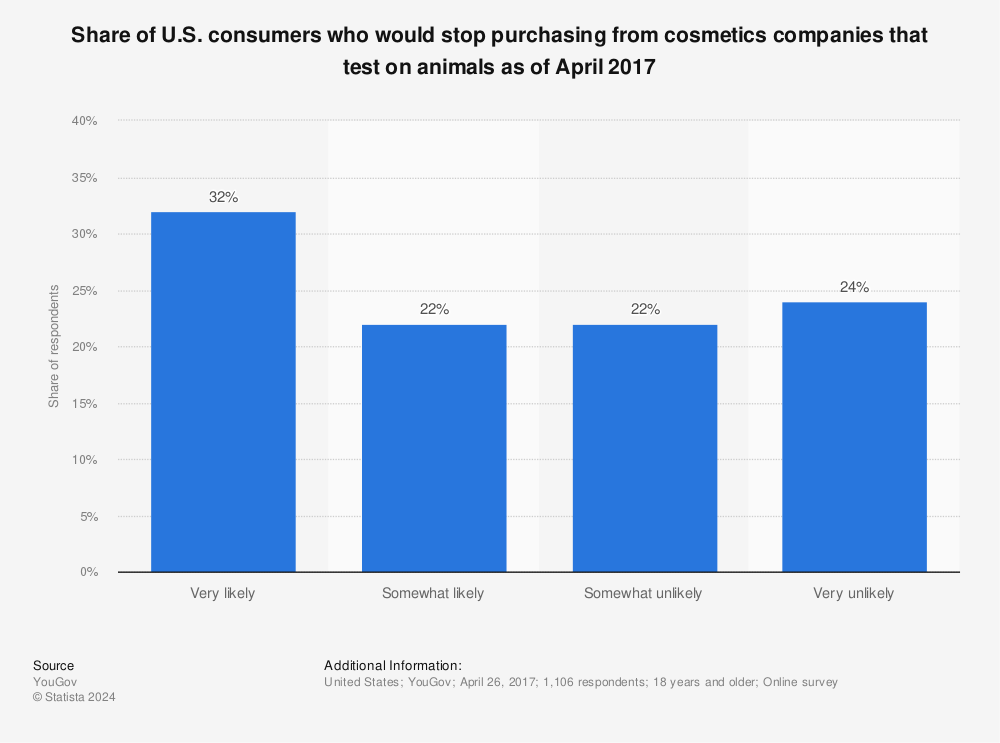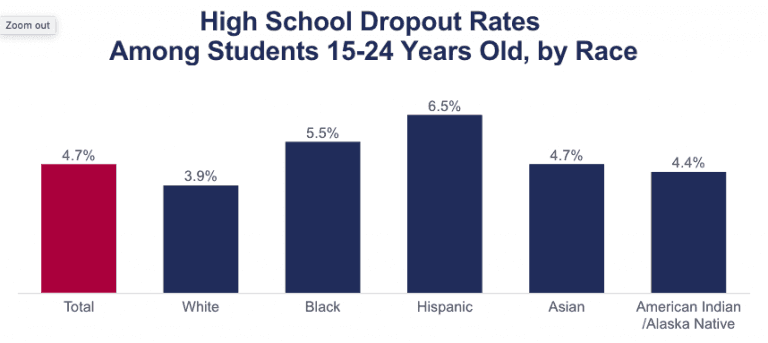A guide to obsessive compulsive disorder statistics and treatment
Table of Contents
Table of Contents
Obsessive-compulsive disorder affects millions of people worldwide and can be a debilitating condition that impacts every aspect of a person’s life. It is essential to understand the statistics related to this disorder to better comprehend the scope of the problem and work towards improving treatments and support for those affected.
The Pain Points of OCD Statistics
It can be overwhelming to read about the prevalence of OCD and the various ways it impacts people’s lives. These statistics can highlight the seemingly insurmountable obstacles that individuals face daily and can sometimes lead to a feeling of hopelessness about the future. It is necessary to use these statistics as a tool to gain further understanding of the disorder while also maintaining a balanced perspective and focusing on the hope that exists for treatment and support.
Understanding OCD Statistics
OCD is a common disorder, with roughly 1% of the global population experiencing symptoms during their lifetime. That equates to over 3 million people in the United States alone. Women are more likely to be diagnosed with OCD than men, with 1.5 times the prevalence. The disorder typically presents itself before the age of 25, with a median age of onset at 19 years old.
The statistics related to OCD also demonstrate the severity of the disorder. Approximately half of the individuals diagnosed with OCD also experience a major depressive disorder, while over 1 in 4 experience a substance abuse disorder. Additionally, up to two-thirds of people with OCD report having experienced severe impairment in their occupational, social, or academic functioning.
Summary of OCD Statistics
OCD is a widespread and complex disorder that affects millions of people worldwide. Women are more likely to be diagnosed with OCD, and the disorder typically presents itself before the age of 25. Up to two-thirds of individuals with OCD report severe impairment in their occupational, social, or academic functioning, and approximately half also experience major depressive disorder. These statistics demonstrate the need for greater support and interventions to improve the lives of those affected by the disorder.
Statistics on OCD Treatment and Recovery
Due to the severity of the disorder, it is crucial to understand the effectiveness of treatments and the potential for recovery. Research demonstrates that up to 80% of individuals with OCD respond well to cognitive-behavioral therapy, which focuses on changing the thought patterns and behaviors associated with the disorder. Additionally, around two-thirds of individuals with OCD who participate in exposure and response prevention therapy, which aims to confront and reduce anxiety associated with obsessions, report significant improvements in symptoms.
It is crucial to understand that while the disorder can be incredibly challenging, there is hope for recovery. Treatment and support can have a significant impact on improving an individual’s quality of life and reducing the severity of their symptoms.
OCD Research and Advances
Research and advances in the understanding of OCD continue to provide hope for improving treatments and support for those affected. Advances in brain imaging techniques show that there are changes to specific areas of the brain associated with the disorder, opening up potential avenues for treatment and early detection.
Additionally, research is ongoing into the potential for new medications and therapies to complement existing treatment methods and improve outcomes. The continued focus on improving the understanding of OCD provides greater hope for individuals struggling with the disorder.
The Importance of Support for OCD
Individuals with OCD who receive support from therapists, support groups, and loved ones experience improved outcomes and reduced symptom severity. Support networks can provide individuals with a sense of validation and understanding that can be incredibly beneficial in controlling their disorder.
Question and Answer on OCD Statistics
Q: Are there specific risk factors for developing OCD?
A: There are no known specific risk factors for OCD, but genetics and environmental factors are both believed to play a role in developing the disorder.
Q: Are there differences in the symptoms and severity of OCD between men and women?
A: While both men and women can develop OCD, women are more likely to be diagnosed with the disorder, and their symptoms may be more severe.
Q: Can OCD be cured?
A: OCD is a chronic disorder that may require ongoing treatment and support. While there is no known cure, many individuals with the disorder are able to manage their symptoms and improve their quality of life with treatment and support.
Q: Are there specific triggers or life events that can lead to the development of OCD?
A: The exact cause of OCD is unknown, but it is believed to be a combination of genetic, environmental, and neurological factors. Specific triggers or life events are not known to cause the development of OCD alone.
Conclusion of Statistics for OCD
OCD is a complex disorder that affects millions of people worldwide. Understanding the statistics related to OCD can provide vital information to support individuals with the disorder and improve treatment and support systems. While the disorder can be challenging, there is hope for recovery, and the continued advances in research provide a greater understanding of the disorder and potential treatment methods.
Gallery
OCD Infographic - Pharmasite Research, Inc.

Photo Credit by: bing.com / ocd
A Guide To Obsessive Compulsive Disorder Statistics And Treatment
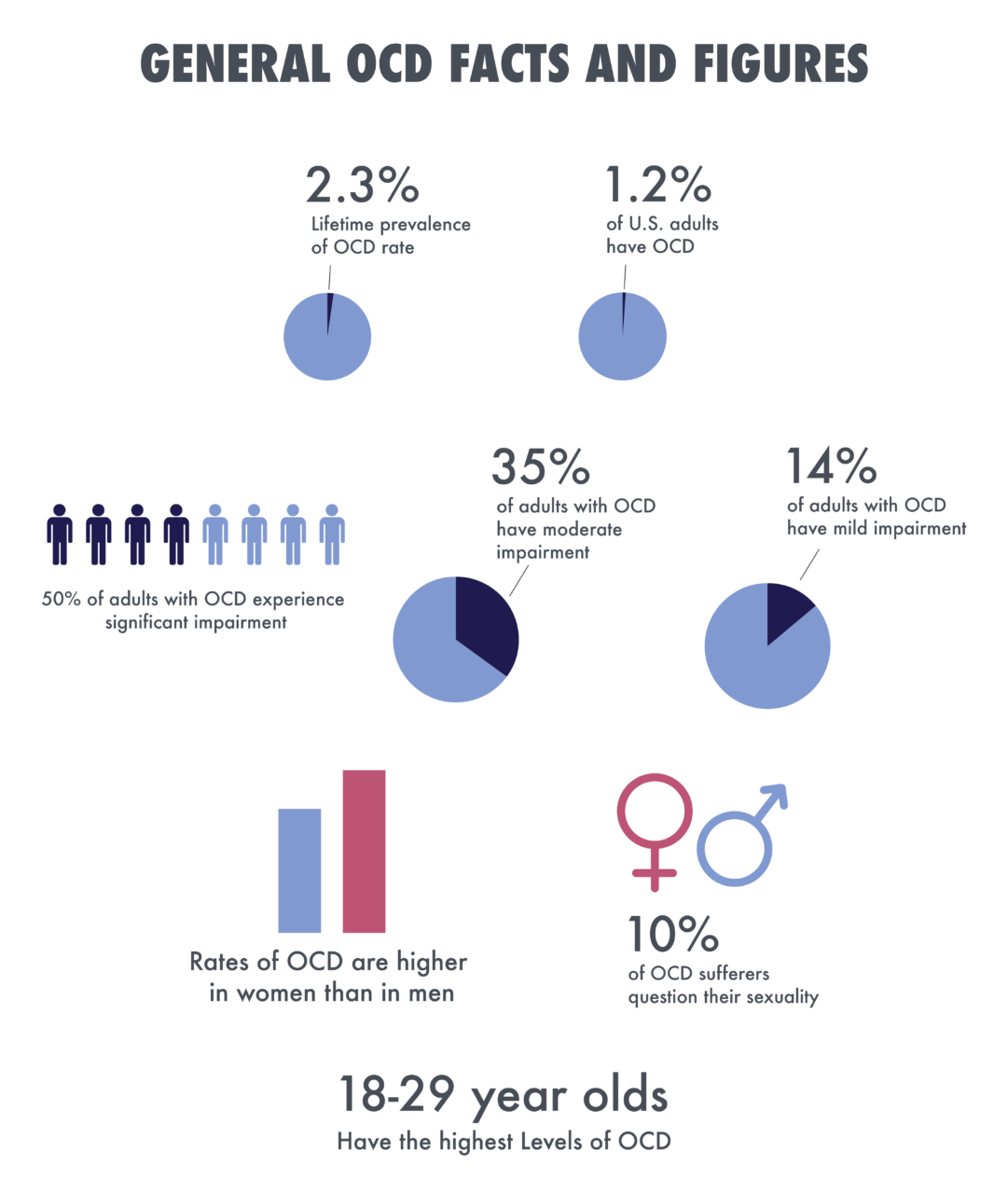
Photo Credit by: bing.com / ocd disorder obsessive compulsive statistics facts symptoms treatment years does during manifest onset starts indicate either typically studies groups age
A Guide To Obsessive Compulsive Disorder Statistics And Treatment
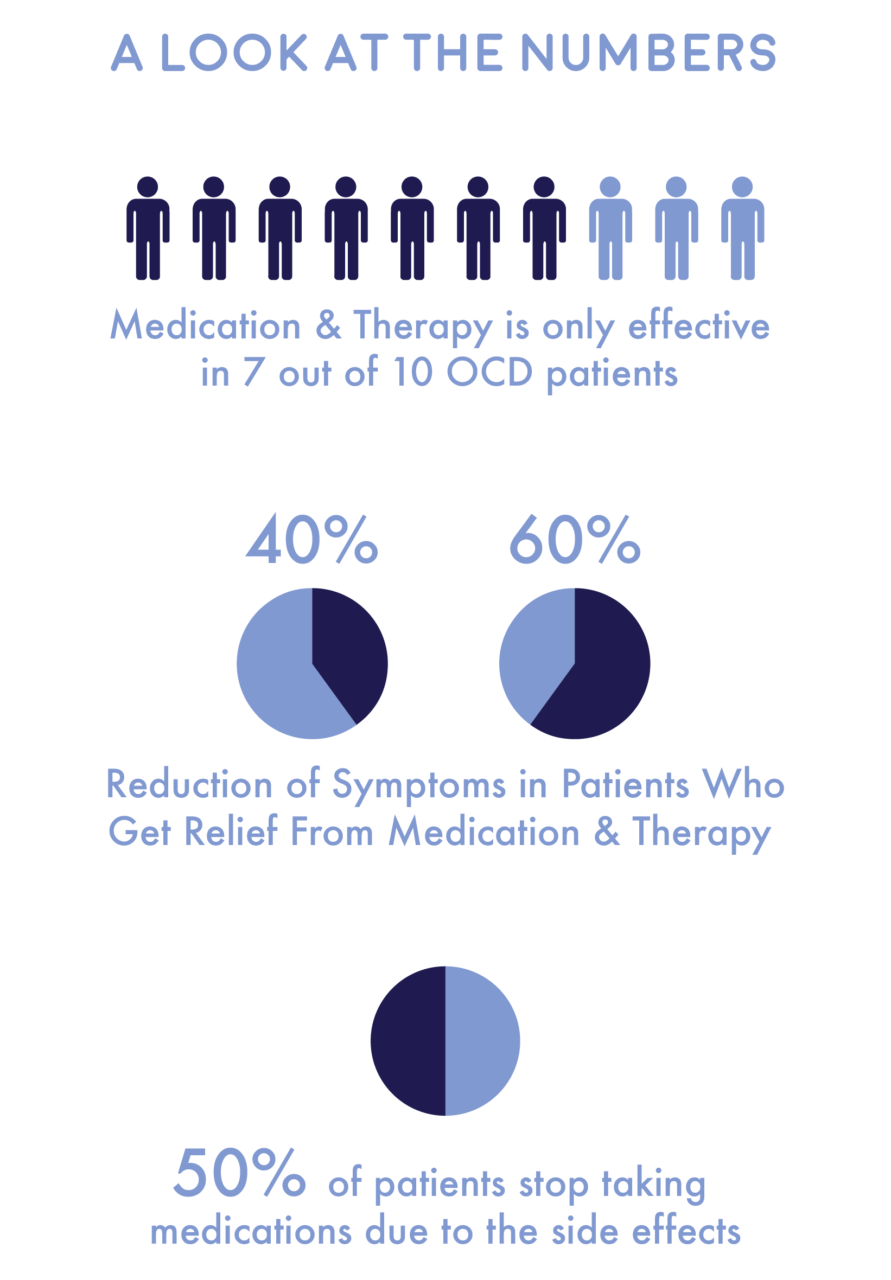
Photo Credit by: bing.com / ocd disorder compulsive obsessive statistics numbers people suffer who
OCD Statistics 2023: Facts About Obsessive-compulsive Disorder

Photo Credit by: bing.com / ocd singlecare ptsd cbd
Scenarios Of OCD - OBSESSIVE COMPULSIVE DISORDER

Photo Credit by: bing.com / ocd statistics people disorder compulsive obsessive scenarios statistic


